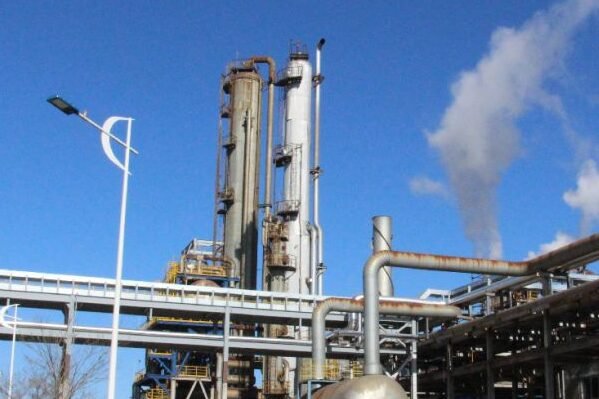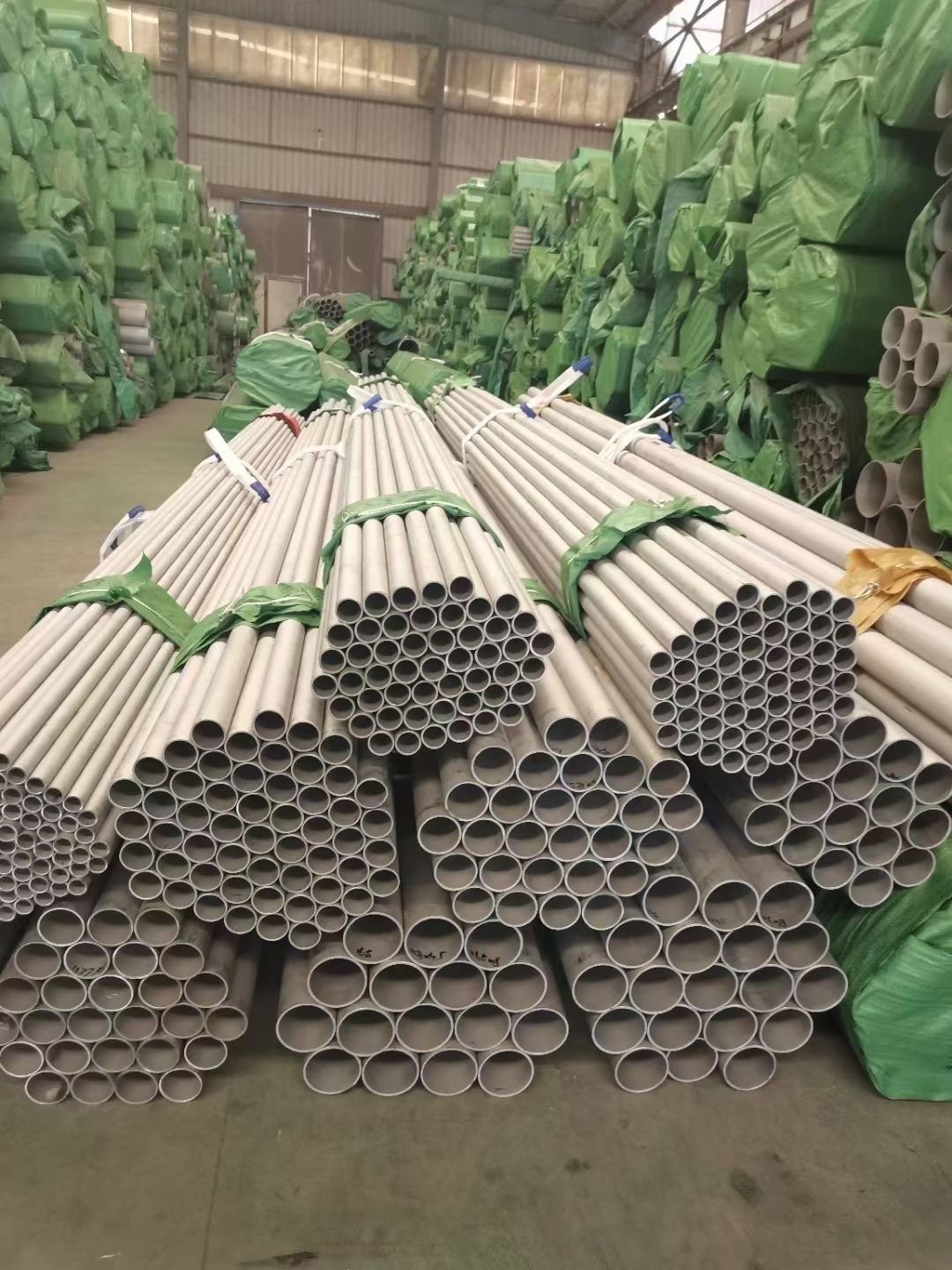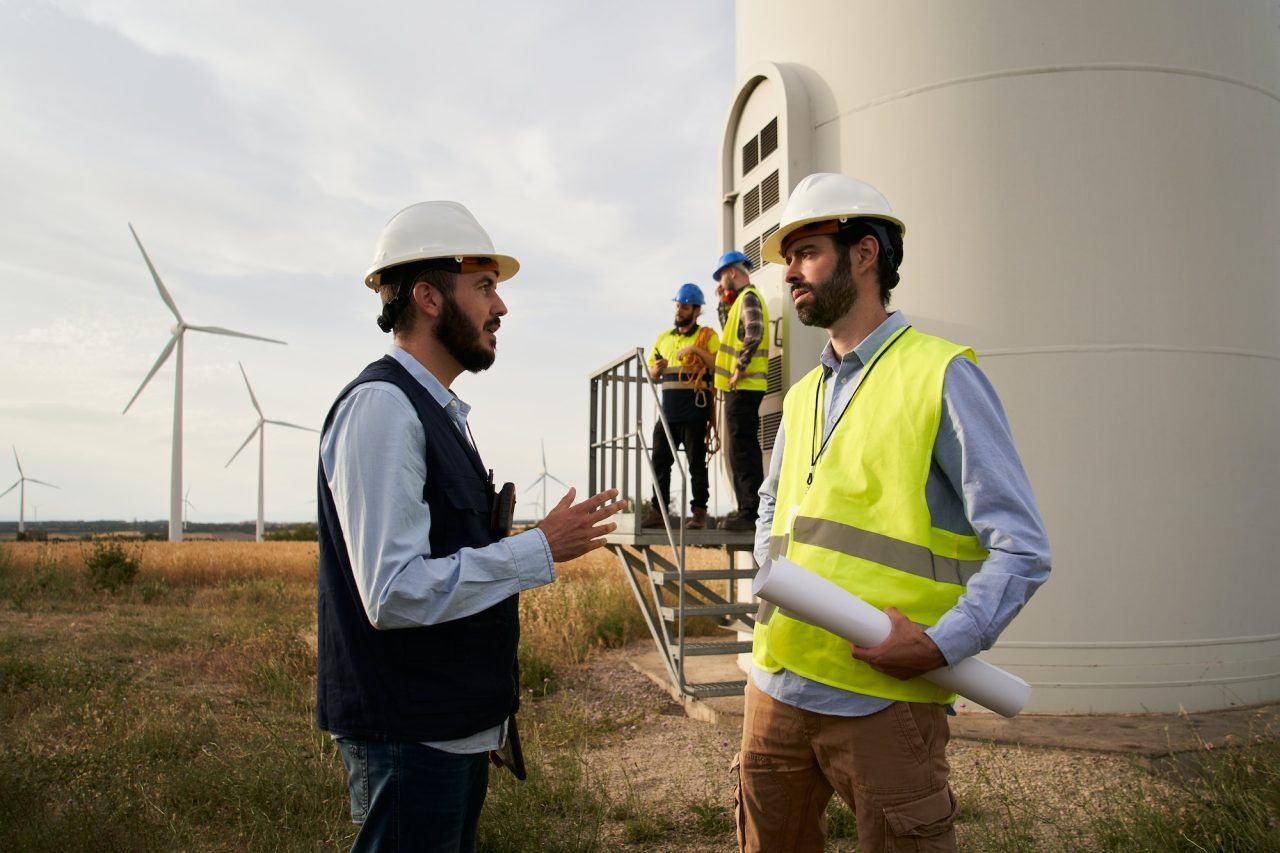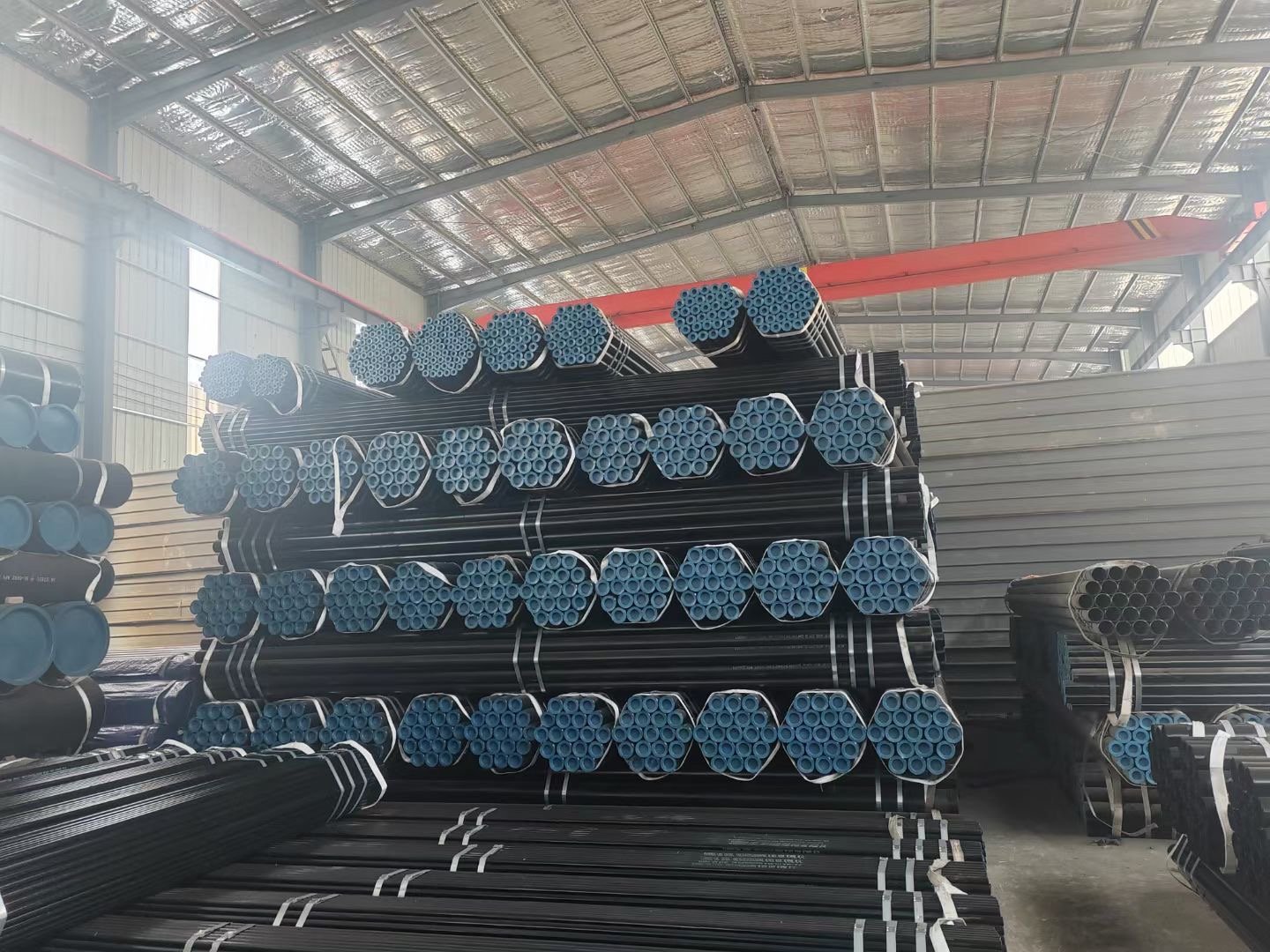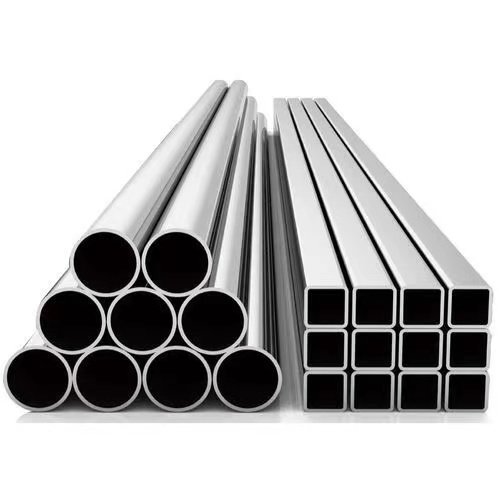In the industrial sector, tubes and pipes differ significantly in terms of shape, measurement, manufacturing process, and application. Tubes are characterized by precise dimensions and higher strength-to-weight ratios, making them suitable for structural and precision-focused applications. Pipes, identified by nominal size, are designed for fluid transport under pressure and are generally more cost-effective.
Here’s a detailed breakdown:
1. Shape and Measurement:
- Tubes: Characterized by their precise outside diameter (OD) and wall thickness. Measurements are often in inches or millimeters.
- Pipes: Identified by their nominal pipe size (NPS), which is not a true representation of their actual dimensions. It’s more about the pipe’s capacity and flow rates.
2. Manufacturing Process:
- Tubes: Require a higher level of processes, inspections, and testing. They are often made through processes like extrusion, drawing, or welding.
- Pipes: Typically made using methods such as casting or welding. The focus is more on the ability to carry fluids or gases under pressure.
3. Material Strength and Tolerance:
- Tubes: Generally have a higher strength-to-weight ratio and are made with tighter tolerances. This makes them suitable for applications where precision and durability are key.
- Pipes: Designed to handle pressure, so they have thicker walls compared to tubes of the same diameter.
4. Applications:
- Tubes: Commonly used in structural applications, such as in building construction, automotive, and aerospace industries. They are also used where precision is important.
- Pipes: Primarily used for transporting substances like liquids, gases, or even solids in slurry form. They are essential in industries like oil and gas, water management, and chemical processing.
5. Cost Consideration:
- Tubes: Due to their precision manufacturing and testing, tubes are often more expensive than pipes.
- Pipes: More cost-effective for transporting materials, especially over long distances.
6. Standards and Regulations:
- Tubes: Subject to stringent standards, particularly in industries where safety and performance are critical.
- Pipes: Governed by standards that focus on their ability to withstand internal pressures and environmental conditions.
Understanding these differences is vital for SteelMerge in advising and supplying the right products to customers like stainless steel pipe manufacturers, distributors, and project constructors. It ensures that your clients receive materials that precisely match their project specifications and requirements, enhancing your reputation for quality and reliability in the B2B marketplace.

